OU News
News from The Open University
- Home
- Category: Science, maths, computing and technology
Category: Science, maths, computing and technology

How websites watch your every move and ignore privacy settings
Hundreds of the world’s top websites routinely track a user’s every keystroke, mouse movement and input into a web form – even before it’s submitted or later abandoned, according to the results of a study from researchers at Princeton University. And there’s a nasty side-effect: personal identifiable data, such as medical information, passwords and credit […]
Read more about How websites watch your every move and ignore privacy settings
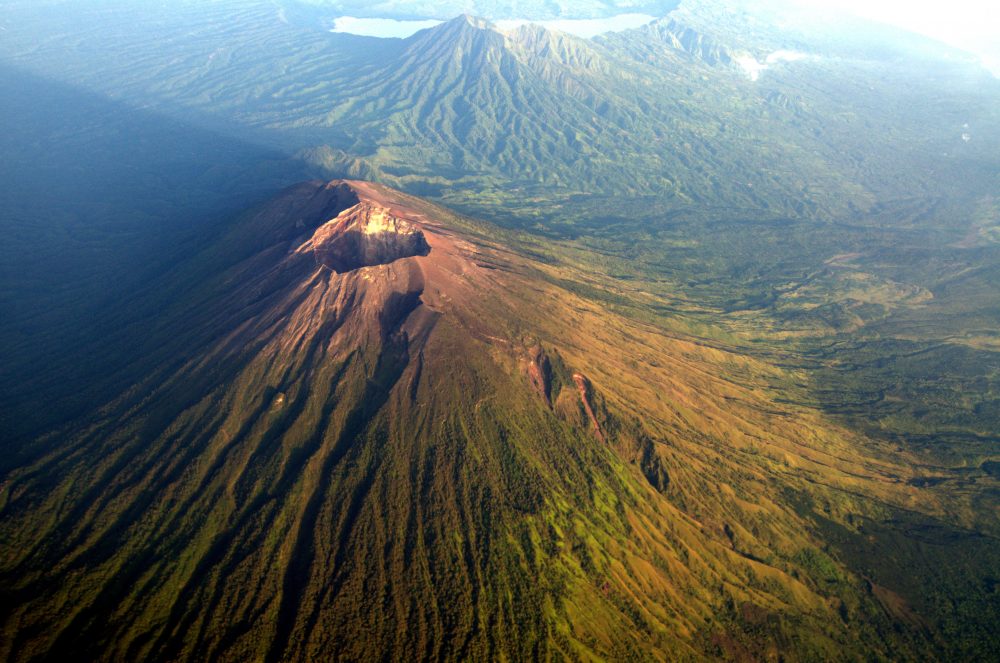
Bali volcano: expert comment
Professor David Rothery, Professor of Planetary Geosciences, gives his expert view on the emerging situation in Bali, as Mount Agung threatens a major eruption: “The volcano Agung might at last be delivering the large eruption that has been feared for several weeks. Ash is rising to a height of about 30 thousand feet, and dispersing […]
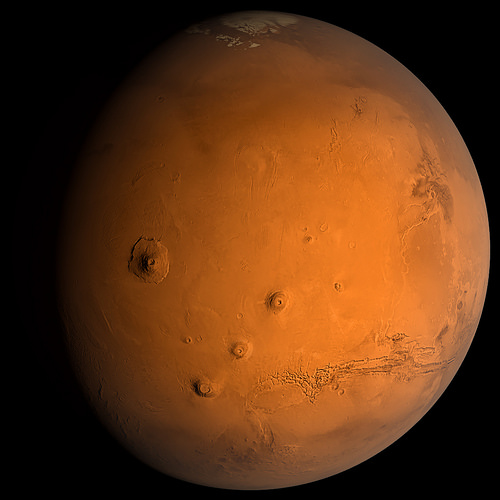
Scientists discover evidence of recent water flows on Mars
A team of scientists led by The Open University has discovered evidence of recent glacial meltwater on Mars, despite the widely-held view that the recent climate was too cold for ice to melt. Planetary scientists from the OU, in collaboration with University College Dublin, the University of Cambridge and the University of Nantes (CNRS), have […]
Read more about Scientists discover evidence of recent water flows on Mars
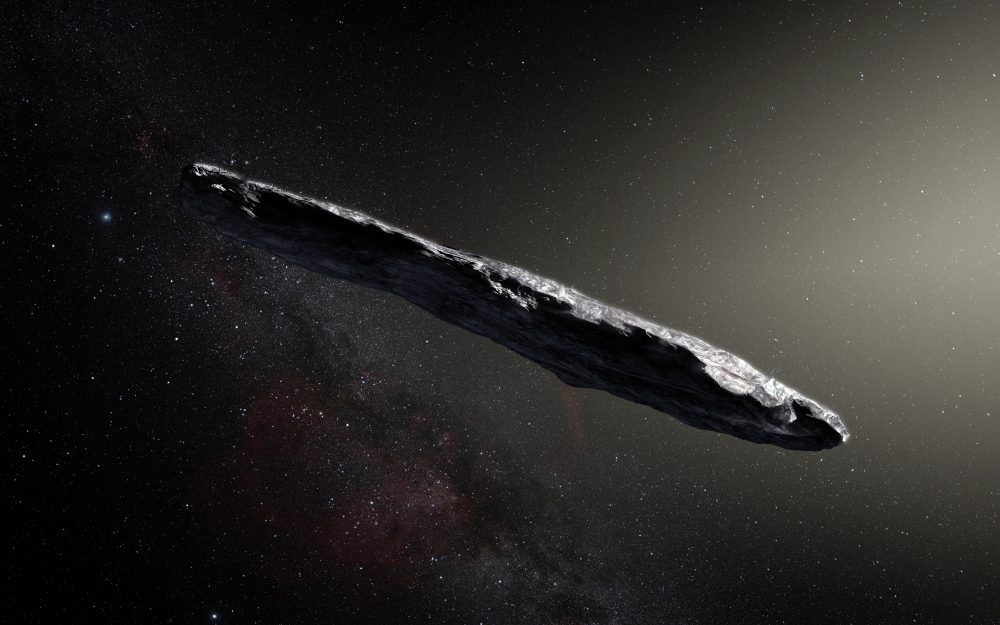
Discovery of cigar-shaped asteroid from outer space could help unveil secrets of extrasolar worlds
It came from outer space … and went back there two weeks later, having astonished and excited astronomers and planetary scientists. A cigar-shaped object, less than half a kilometre long and barely bright enough to be detected by the world’s most powerful telescopes, payed us a flying visit in October this year – reminding us […]
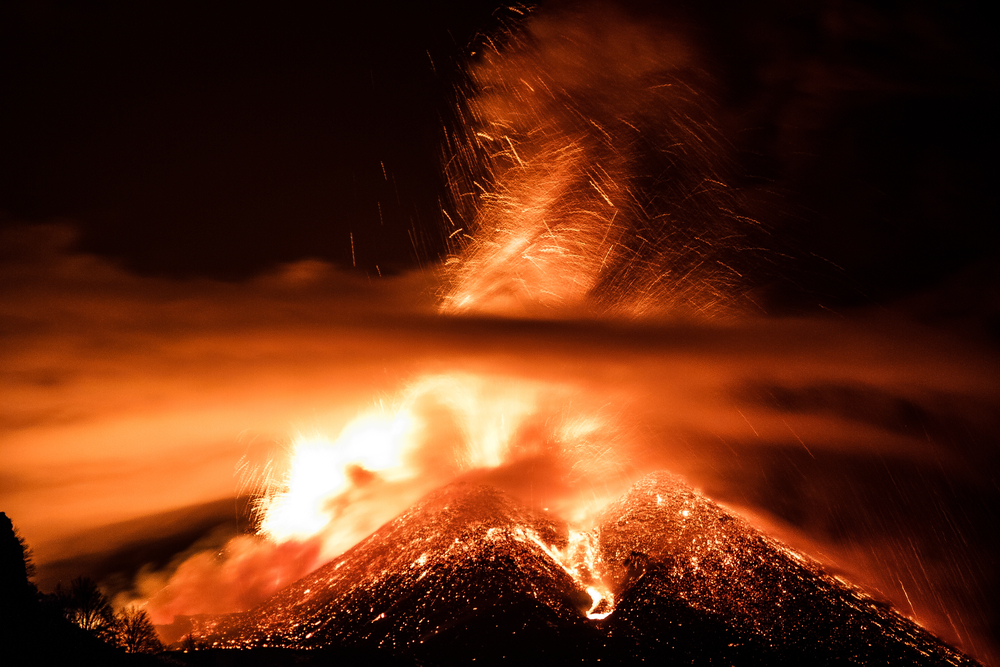
Is Iceland’s tallest volcano awakening?
Two women and a boy took refuge on the roof … but it was carried away by the deluge of water, and as far as the eye could reach, the three unfortunate persons were seen clinging to the roof. One of the women was afterwards found among the mud of the jökulhlaup [Icelandic term for […]
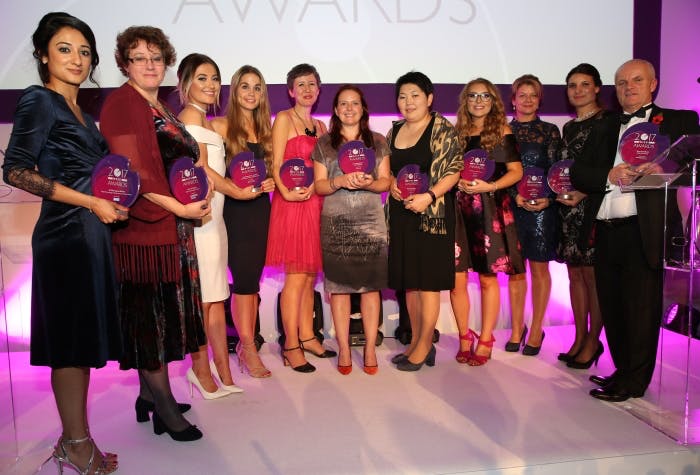
OU academic recognised for “outstanding contributions” to equality in science
Associate Director for Academic Professional Development (APD), Dr Anne Adams and her team, have been announced the winner of the WISE Tech Innovation Award for the WISE Awards 2017. The WISE Awards 2017 recognise the outstanding contributions to gender balance in science, technology and engineering, of individuals and organisations. The entry submitted by the all-women team at the OU focused […]
Read more about OU academic recognised for “outstanding contributions” to equality in science
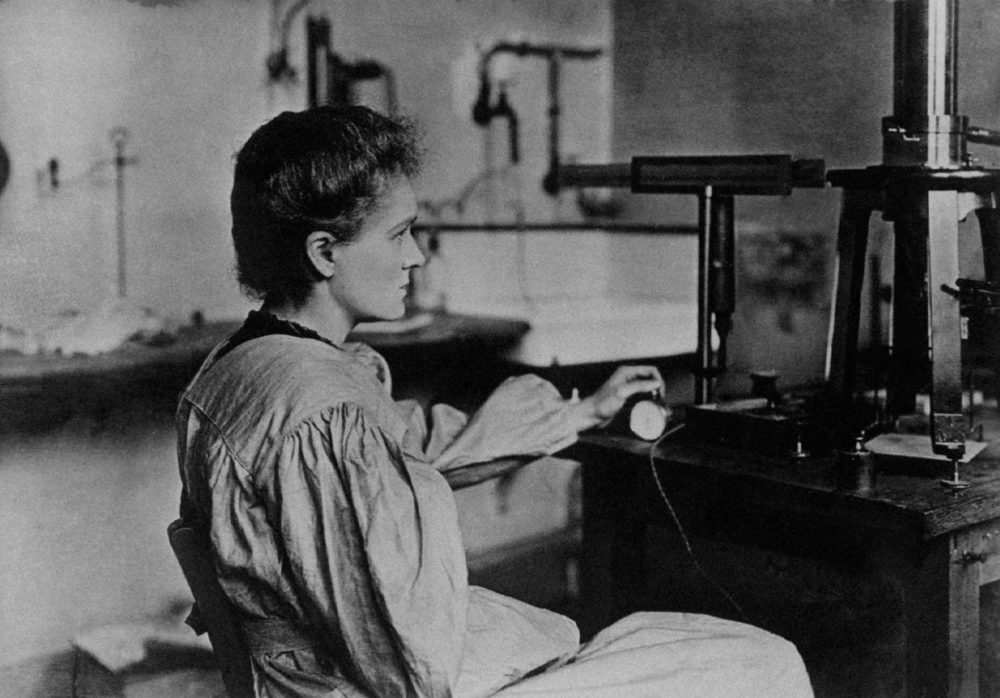
Is Marie Skłodowska Curie still a good role model for female scientists at 150?
Sometimes I’m glad I’m old(ish) and have made it up the career ladder. I can’t imagine what it must be like to be a young woman trying to become established today. Not only are they likely to be saddled with a large debt from university tuition, they must also contend with discrimination and harassment, no […]
Read more about Is Marie Skłodowska Curie still a good role model for female scientists at 150?
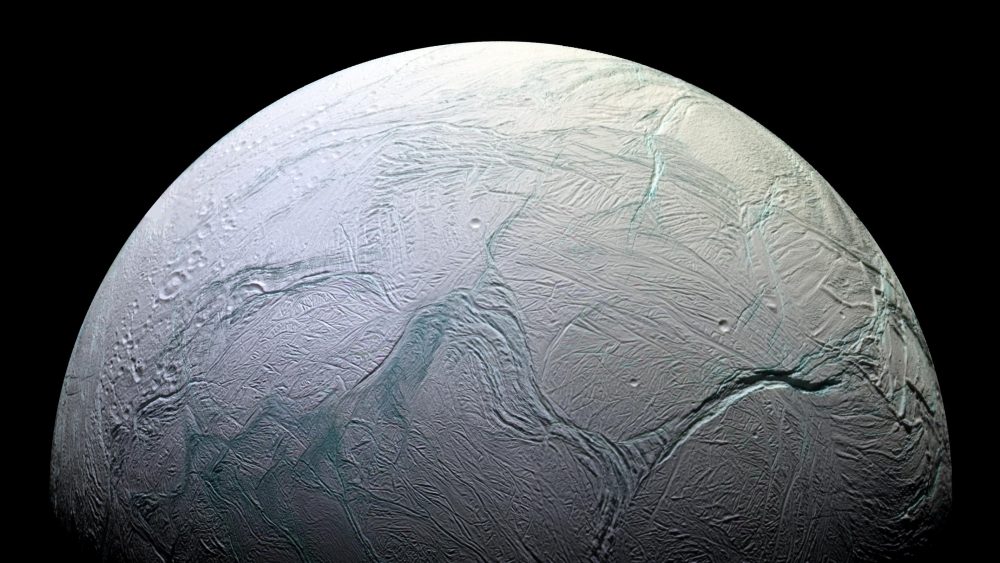
The internal ocean of Saturn’s moon Enceladus could be old enough to have evolved life, finds study
We recently bade farewell to the Cassini spacecraft, which after 13 years of faithfully orbiting Saturn and its moons was directed to plunge into the giant planet’s atmosphere. The reason for the “grand finale” was to guard against the possibility that Cassini might crash into one of Saturn’s moons – in particular Enceladus. With its […]
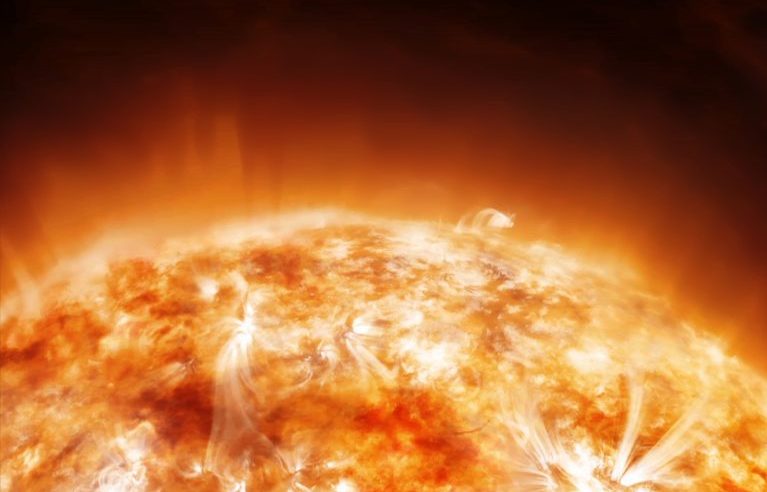
£3 million mission to understand the dangers of space weather
A team of international scientists, including academics from the OU, have been awarded £3 million to develop an instrument to research how the Earth’s atmosphere responds to powerful solar winds. The funding, which is from the UK Space Agency, will support academics collaborating on SMILE (the Solar wind Magnetosphere Ionosphere Link Explorer), a European Space […]
Read more about £3 million mission to understand the dangers of space weather
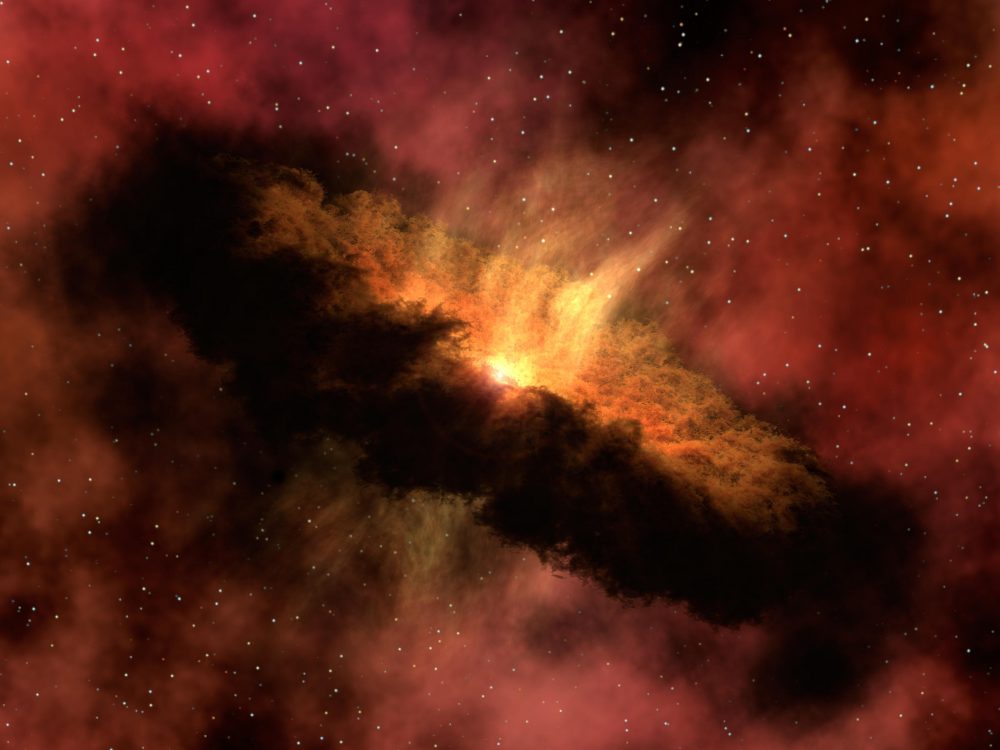
The Planet Building Mystery
Open University researchers have been investigating exactly how planet formation starts. Why do we need to know how planets form? Planets form as a by-product of star formation. Similar to asteroids, comets, and our Moon, planets are basically the left-over “junk” that isn’t incorporated into the star itself. However, planets (and other small bodies in […]
Page 45 of 57